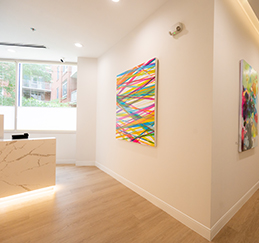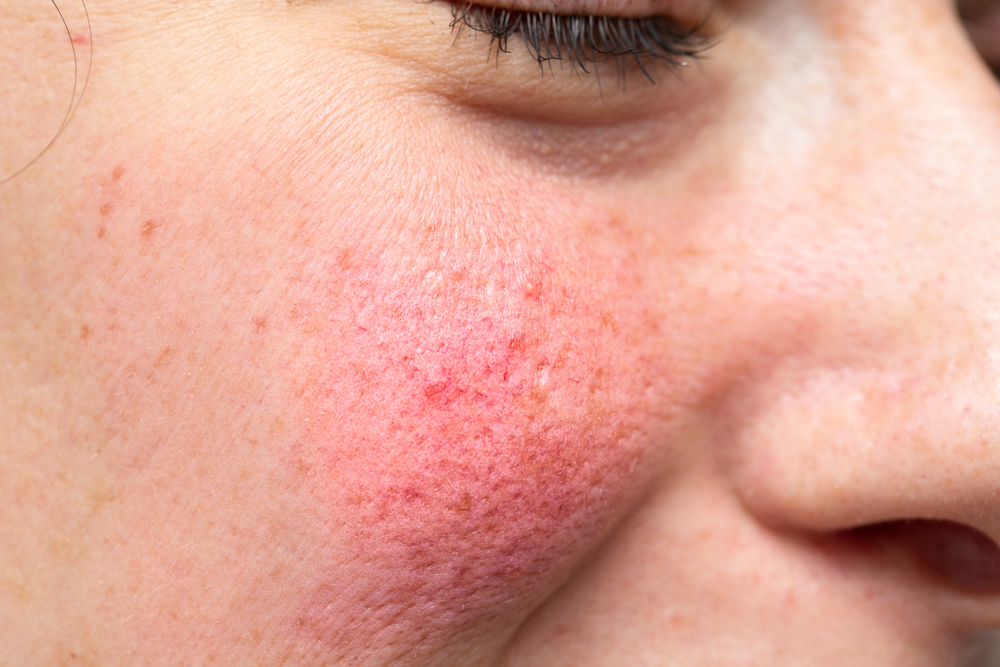Rosacea is a common condition that affects more than sixteen million individuals in the United States. This chronic condition does not have a cure, but it can be effectively treated and managed. Researchers have not yet pinpointed the exact cause of the condition, but it is believed that it may be caused by a combination of variables include genetic, environmental, vascular, and inflammatory factors.
Rosacea is a condition that inspires many myths. Unfortunately, it is not a condition that will go away by itself, and sometimes it can worsen or change in character as you age. Below are some of the most common misconceptions and important facts to know about rosacea.
1. You don’t have to worry about sun protection in the spring.
You need to wear sunscreen that has a sun protection factor of at least 30 whenever you are outside. That includes in the springtime and even the winter, whether it is cold outside or not. In the summer, it is important to have an even more powerful SPF sunscreen.
The best sunscreens for rosacea are ones that are physical blockers, which means they include either zinc oxide, titanium dioxide, or both. When you are exposed to too much UV light, it can have effects such as:
- Causing rosacea to flare up
- Causing long-lasting skin damage
- Contributing to chronic redness and fine blood vessels
In addition, you are more likely to experience flushing and redness in warmer temperatures.
2. You cannot treat rosacea at home.
There actually are ways to treat the condition at home, so you don’t necessarily need to spend constant time in the dermatologist’s office.
Prescription and OTC medications can be applied topically to treat rosacea. These topical medications can help minimize flushing and redness and can also reduce flares of red bumps. Alternatively, there are oral prescription medications that can also be prescribed by your dermatologist to take at home for more severe cases of rosacea.
3. Rosacea happens because your skin is dirty.
Rosacea is not a sign that your personal hygiene is failing. Some researchers believe that rosacea is related to the microbiome of your skin. But dirt doesn’t cause flares, and cleaning your face alone often won’t be enough to stop flares.
In fact, some people with rosacea clean their skin too many times per day in an attempt to stop the flares. This has the opposite effect. It makes your skin dry and flaky, which can lead to increased redness.
4. Rosacea is easy to identify.
A dermatologist can identify rosacea typically without any major issue. But the redness and flushing of rosacea might not always be obvious to a non-dermatologist. Many people mistakenly believe that their reddened blood vessels are acne.
They might try to combat the redness by using acne cleansers. The problem is that certain acne cleansers can dry the skin, and some can irritate the surface. That may cause your flares to get worse. Because of this, it’s vital to consult a dermatologist to help diagnose and treat the issue.
Schedule an Appointment
Arlington Dermatology provides cosmetic, surgical, and medical dermatology care to patients of every background and age. You can schedule a consultation to talk about your rosacea treatment options today.



